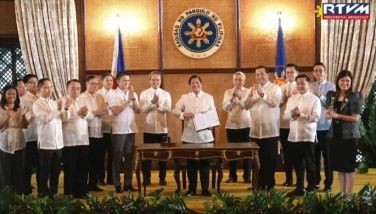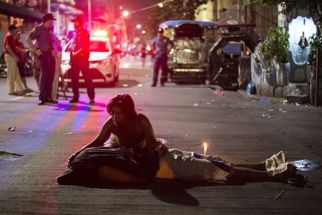Congressional support sought to achieve 100 percent household electrification
MANILA, Philippines — Congressional support will play a key role in achieving the country’s full household electrification target by 2028 or even earlier, according to the Department of Energy.
State-run National Electrification Administration (NEA) has identified inadequate government subsidy to finance the energization of the remaining unenergized areas as the biggest challenge in the attainment of 100-percent rural electrification program.
“Of course we are limited. That’s why we want to have Congressional support because these are chargeable to the budget,” Energy Secretary Raphael Lotilla said.
“The President’s target is really to have 100 percent by the time 2028 comes,” he said.
During his second State of the Nation Address, President Marcos said the government would spare no effort to achieve full household electrification by the end of his term.
“We want to be able to fast-track that, but realistically, given the levels of budget support that we have been getting, then it might take...we have given ourselves up to 2028,” Lotilla said.
NEA, which is mandated to carry out the total electrification of the country, said the agency would need a total funding requirement of P29.54 billion to achieve its goal of total electrification by 2028.
Of the P29.54 billion funding requirement, which will include private and other government initiatives, NEA said P23.01 billion would have to be sourced from the national government to fund the sitio electrification program and the barangay line enhancement program.
The DOE said the level of electrification in the country stands at 96 percent, with the remaining four percent located in far-flung areas.
“Almost five million people in the country do not have access to electrification and that’s what the President is concerned about,” Lotilla said.
Institute for Climate and Sustainable Cities senior policy advisor and former National Renewable Energy board chairman Pedro Maniego Jr. said energy security and affordability have been a long-time concern for isolated and off-grid areas in the country.
“Targeting total or 100-percent electrification of the country’s underserved and unserved areas is a tough target that all Presidents have aspired to, yet we still have not achieved this,” Maniego said.
“The reliance on diesel for off-grid areas has made reaching this target very difficult,” he said.
- Latest
- Trending




























